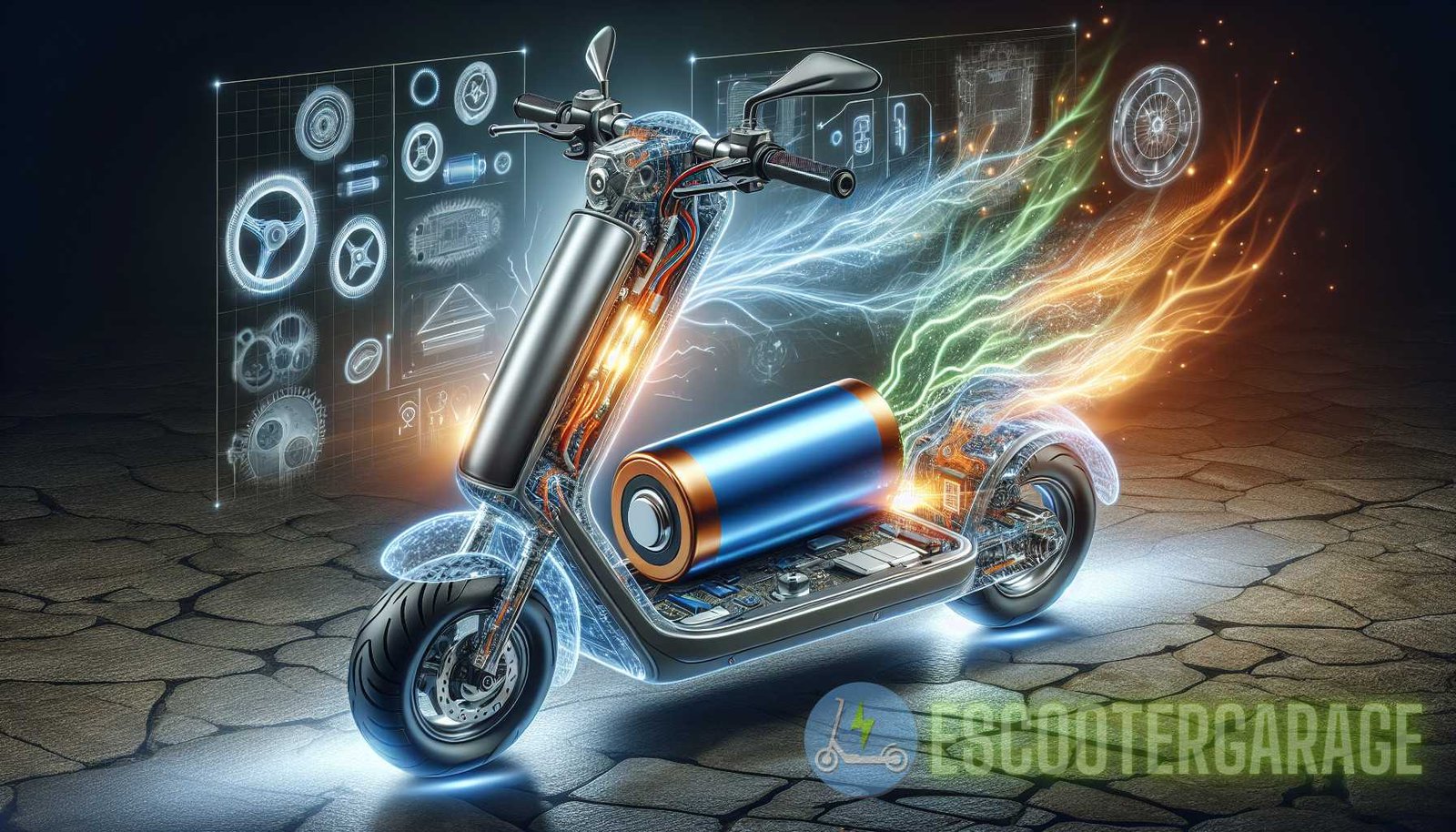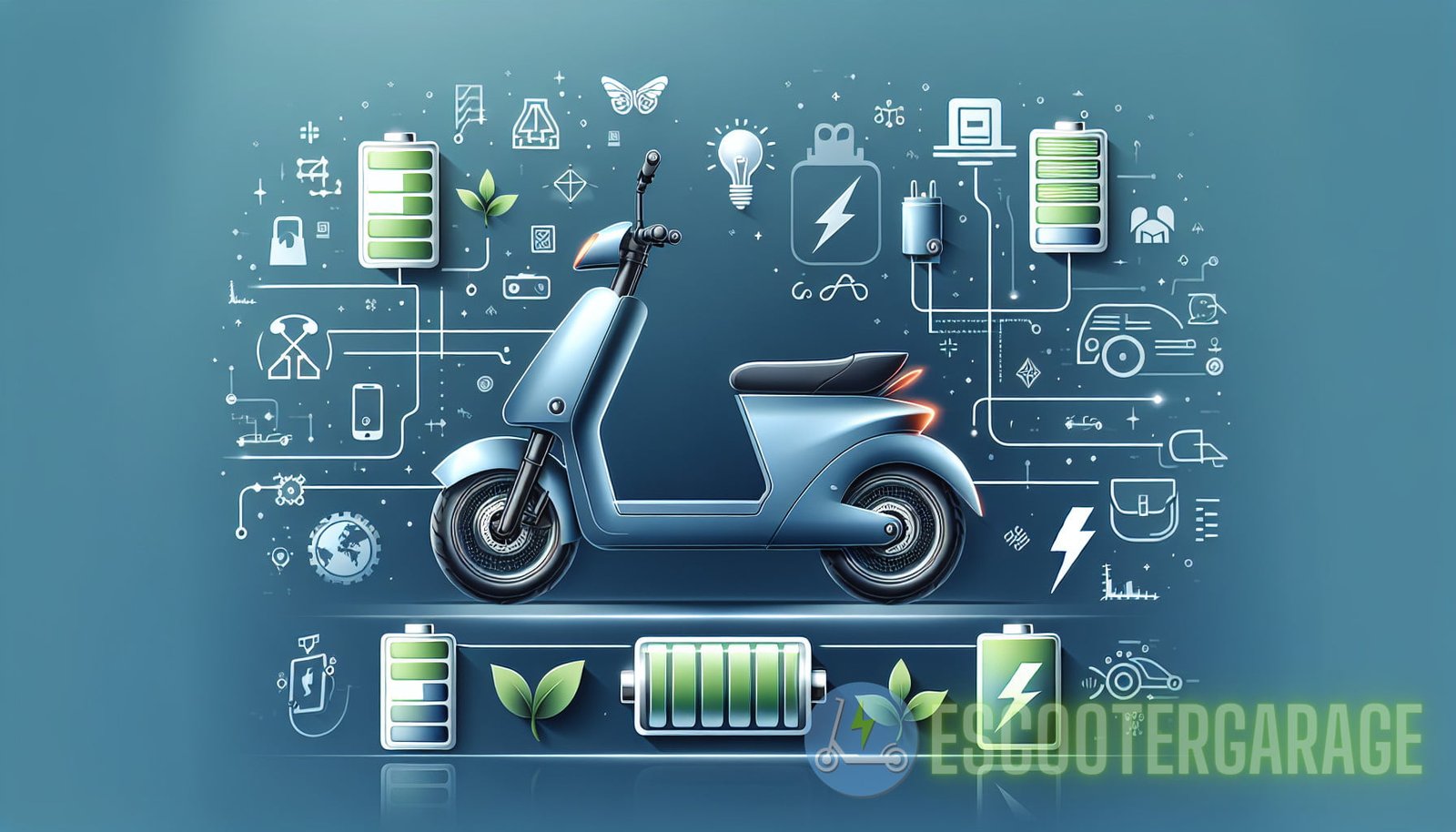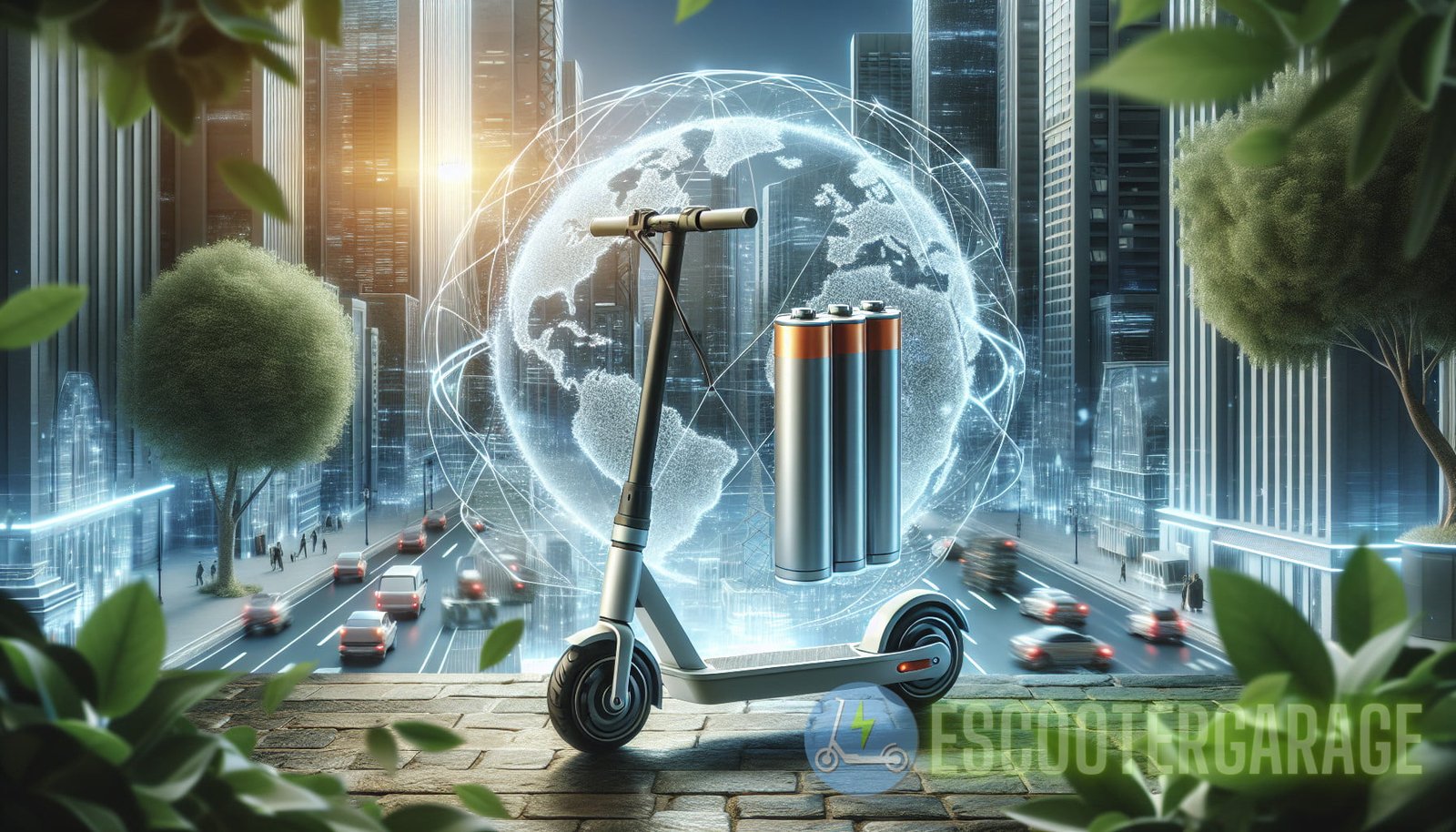Revolutionary Techniques: Enhancing eScooter Battery Performance for Unparalleled Longevity
When it comes to maximizing the lifespan and performance of your eScooter battery, there are several revolutionary techniques that can significantly boost its longevity. By employing these techniques, you can ensure that your eScooter battery performs optimally, allowing you to enjoy longer rides and more efficient usage. In this article, we will explore these techniques in detail, providing you with comprehensive information and expert tips on how to maximize your eScooter battery’s lifespan.
The Importance of Battery Performance in eScooters
The battery is one of the most critical components of an eScooter, as it provides the power necessary to propel the vehicle. A high-performing battery is essential for ensuring an enjoyable riding experience, as it directly impacts the scooter’s speed, range, and acceleration. Therefore, it is crucial to take proactive steps to enhance your eScooter battery’s performance and longevity.
Battery Chemistry: Lithium-Ion vs. Lead-Acid
When it comes to eScooter batteries, there are two primary types of chemistries: lithium-ion and lead-acid. Let’s take a closer look at each chemistry and how it affects battery performance:
Lithium-Ion Batteries:
- Lithium-ion batteries are the most common type of battery used in modern eScooters. They offer several advantages over lead-acid batteries, including higher energy density, lighter weight, and longer cycle life.
- One of the revolutionary techniques for enhancing the performance of lithium-ion batteries is to charge them regularly. Unlike lead-acid batteries, lithium-ion batteries do not have a memory effect, which means that you can charge them at any time without reducing their overall capacity.
- To maximize your lithium-ion battery’s lifespan, it is recommended to charge it before it reaches a critically low level. Avoid fully discharging the battery whenever possible, as this can put unnecessary stress on the cells and reduce their longevity.
Lead-Acid Batteries:
- Lead-acid batteries are the older and less advanced technology compared to lithium-ion batteries. They have a lower energy density, heavier weight, and shorter cycle life.
- One of the revolutionary techniques for enhancing the performance of lead-acid batteries is to perform regular maintenance. This includes checking the electrolyte levels, cleaning the terminals, and ensuring proper ventilation for the battery.
- It is crucial to avoid overcharging or undercharging lead-acid batteries, as this can have a detrimental effect on their overall performance and lifespan. Use a smart charger or a charger with automatic shut-off capabilities to prevent overcharging.
Although lithium-ion batteries offer numerous advantages and are the recommended choice for most eScooters, it’s essential to consider the specific requirements and capabilities of your eScooter before making a decision.
Advanced Charging Techniques for eScooter Batteries
The charging process plays a crucial role in battery performance and longevity. Here are some advanced charging techniques that can help enhance your eScooter battery performance:
Battery Balancing:
Battery balancing is a technique that ensures all the cells in a lithium-ion battery pack have an equal state of charge. Over time, individual cells within the pack may become imbalanced, which can negatively affect overall performance and lifespan.
To balance your eScooter battery, you can use a battery management system (BMS). A BMS monitors and controls the charging process, ensuring that each cell is charged and discharged correctly. Regularly using a BMS can help extend your battery’s lifespan and maintain optimal performance.
Optimal Charging Voltage and Current:
Charging your eScooter battery at the correct voltage and current levels is essential for maximizing its lifespan. You should follow the manufacturer’s guidelines for charging voltage and current.
It is crucial to avoid overcharging or undercharging your battery, as both can have detrimental effects on its performance. Overcharging can cause overheating and cell damage, while undercharging can lead to reduced capacity and overall deterioration.
To ensure optimal charging, consider using a high-quality charger specifically designed for eScooter batteries. These chargers often have built-in safety features and provide precise control over the charging process.

Temperature Considerations:
Temperature plays a significant role in the performance and longevity of eScooter batteries. Extreme temperatures, both hot and cold, can negatively affect battery performance and lifespan.
To maximize your battery’s lifespan, avoid exposing it to excessive heat or cold. If you live in an area with extreme temperatures, consider storing your eScooter indoors or in a climate-controlled environment when not in use.
When charging your battery, ensure that the charging process occurs in a temperature-controlled environment. Charging in extremely hot or cold conditions can cause irreversible damage to the cells.
Proper Storage and Maintenance Practices
In addition to advanced charging techniques, proper storage and maintenance practices can significantly enhance your eScooter battery’s lifespan:
Storage Temperature:
When storing your eScooter for an extended period, it is essential to consider the storage temperature. Lithium-ion batteries should ideally be stored in a cool, dry place with a temperature range of 32°F to 68°F (0°C to 20°C).
Avoid storing your eScooter or its battery in extreme temperatures, as this can lead to irreversible damage, reduced capacity, and overall deterioration.
Regular Usage:
Regularly using your eScooter can help maintain and enhance its battery performance. Batteries that are regularly charged and discharged have a longer cycle life compared to those left idle for extended periods.
If you have to store your eScooter for an extended period, it is recommended to charge the battery to around 40% to 60% of its capacity. This level provides a good balance between maintaining the battery and minimizing self-discharge during storage.
Proper Disposal of Old Batteries:
When it comes time to replace your eScooter battery, it is crucial to dispose of the old battery properly. Lithium-ion and lead-acid batteries are considered hazardous waste and should not be thrown in the regular trash.
Check with your local recycling facilities or eScooter manufacturers for proper disposal methods and recycling programs for eScooter batteries. By disposing of your old batteries responsibly, you can help protect the environment and prevent potential hazards.
Conclusion
Enhancing the performance and longevity of your eScooter battery is crucial for enjoying optimal performance and efficiency. By employing revolutionary techniques like regular charging, battery balancing, optimal charging voltage and current, temperature considerations, and proper storage and maintenance practices, you can extend your eScooter battery’s lifespan and maximize its performance.
Remember to always consult the manufacturer’s guidelines and recommendations for your specific eScooter model and battery type. By implementing these techniques, you can ensure unparalleled longevity for your eScooter battery and enjoy many trouble-free rides.
For more in-depth information on eScooter maintenance, you can refer to the articles below:
- EScooter Maintenance: Essential Tips for Keeping Your eScooter in Top Condition
- Boost Your eScooter’s Lifespan: Essential Tips for Optimal Battery Care
By following these maintenance tips and techniques, you can ensure that your eScooter battery performs optimally and provides you with unparalleled longevity and reliability.
For more detailed information on eScooter batteries, you can refer to the Wikipedia page on Lithium-ion batteries. This page contains valuable insights and comprehensive information on the topic.



